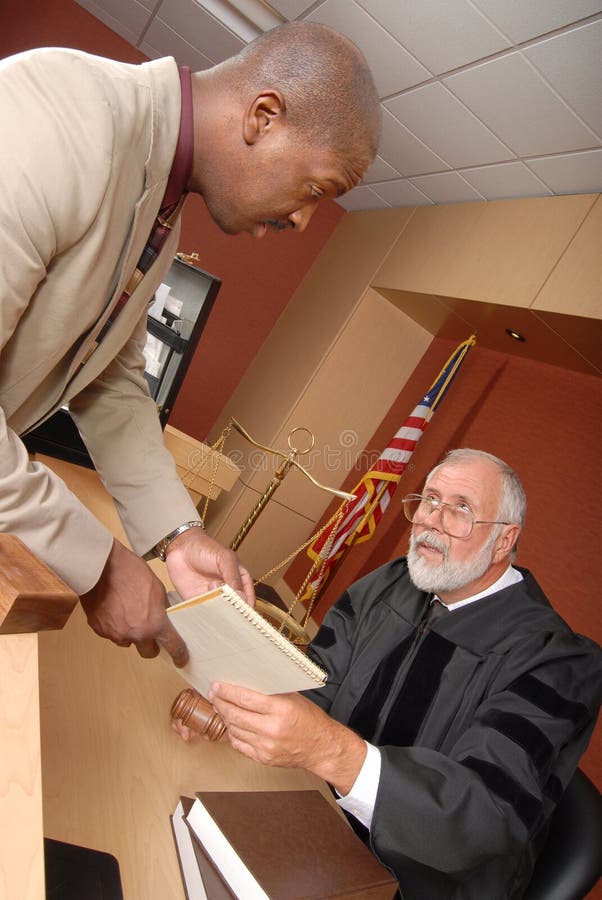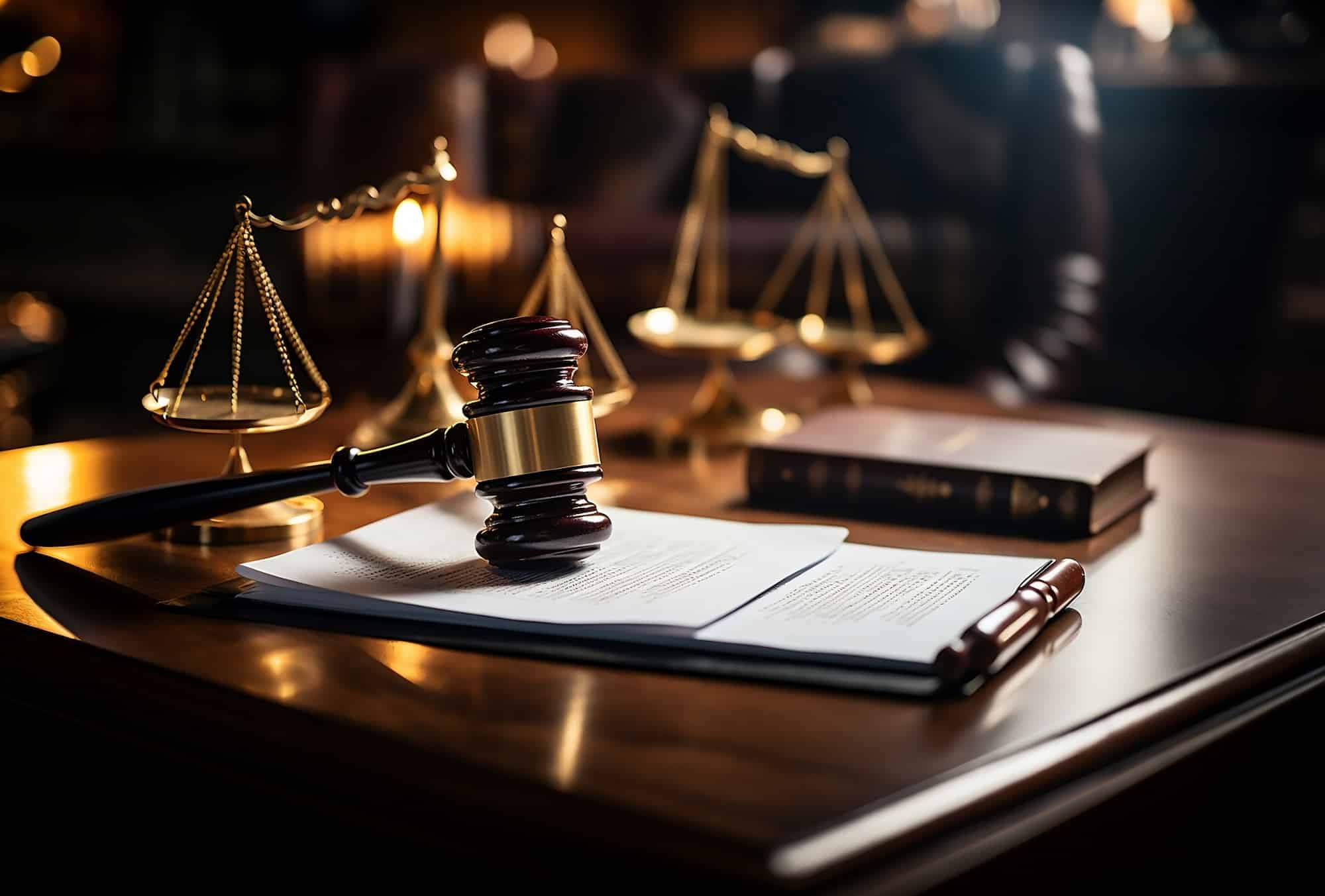Grasping the Art of Trial Presentations: Secret Approaches for Reliable Lawful Arguments
Grasping the Art of Trial Presentations: Secret Approaches for Reliable Lawful Arguments
Blog Article
Browsing the Complexities of Test Presentations: Tips for Seamless Delivery and Engaging Arguments
In the world of legal process, the art of trial discussion stands as an important determinant of success. As lawyers navigate the complex web of court characteristics, the capability to seamlessly provide debates and evidence while astounding the jury's interest comes to be critical. The intricacies fundamental in test discussions require a fragile equilibrium of skill, skill, and strategy. By sharpening techniques that make sure a sleek delivery and crafting compelling debates that reverberate with the audience, legal experts can dramatically enhance their advocacy. In a world where persuasion preponderates, mastering the complexities of test discussions is not just an alternative but a necessity for those seeking to prevail in the court room.

Understanding Trial Objectives
To successfully browse a test, it is crucial to have a clear understanding of the goals that need to be attained. Prior to entering the courtroom, lawful teams should define their objectives and wanted results. These goals act as leading concepts throughout the trial, shaping techniques and influencing decision-making processes.
Comprehending trial goals includes a detailed analysis of the situation, legal precedents, and the client's best interests. Trial Presentations. It requires a precise examination of the facts, identifying key concerns, and preparing for possible obstacles. By establishing measurable and specific objectives, lawyers can tailor their discussions and debates to line up with the preferred results
In addition, a clear grip of trial objectives enables lawful teams to prioritize proof, witnesses, and legal arguments effectively. It enables the advancement of a coherent story that reverberates with the discretionary, enhancing the overall instance discussion.

Organizing Proof Successfully
Having a clear understanding of test goals lays the foundation for arranging evidence effectively in lawful procedures - Trial Presentations. By lining up the presentation of evidence with the desired outcomes of the test, legal groups can reinforce their disagreements and enhance their persuasiveness. One crucial facet of arranging evidence is classification. Grouping evidence based upon themes or importance to certain legal components can help simplify the discussion and make complex details much more absorbable for the judge or court.
One more crucial element in arranging evidence successfully is developing a rational circulation. Providing proof in a meaningful and sequential way can aid construct a compelling narrative that sustains the legal disagreements being made. Furthermore, making use of visual help such as timelines, charts, or charts can additionally boost the company of proof and assist in clearing up intricate relationships or sequences of occasions.
Furthermore, ensuring that all evidence provided is relevant and acceptable to the situation is crucial. Inadmissible or unnecessary evidence can diminish the stamina of the disagreement and potentially hurt the reliability of the here and now party. A meticulous review and selection process ought to be undertaken to consist of just the most legitimately sound and impactful evidence in the test discussion.
Crafting Persuasive Stories
Crafting compelling stories plays a critical duty in providing persuasive disagreements during legal proceedings. When building a story for a trial discussion, it is vital to develop a clear storyline that highlights vital points and attaches them in a coherent fashion. By weaving together proof, testament, and legal debates into a convincing and natural story, legal specialists can effectively promote for their customers and enhance the probability of a favorable result in the court room.
Mastering Visual Help
Reliable use visual help is vital to enhancing the effect and clarity of trial discussions. Aesthetic help, when utilized tactically, have the power to streamline intricate details, reinforce essential factors, and leave a long-term impression on the discretionary. To grasp aesthetic help in test discussions, it is crucial to guarantee that they are clear, concise, and appropriate to the disagreements being made.
When including aesthetic help, such as graphes, timelines, charts, or pictures, into a trial discussion, it is essential to keep them visually appealing yet professional. The visuals should complement the spoken debates, giving an aesthetic other depiction of the details being reviewed discover this without frustrating the audience with unnecessary information.
Moreover, experimenting the aesthetic aids in advance is imperative to guarantee a smooth delivery throughout the test. Familiarizing oneself with the material, transitions, and timings of each aesthetic aid can assist preserve the flow of the presentation and protect against technological problems that may arise.
Supplying Impactful Closing Debates
An engaging closing argument functions as the end result of a trial presentation, enveloping the core narrative and persuading the discretionary towards a favorable choice. To provide an impactful closing argument, it is crucial to succinctly summarize crucial points, highlight the toughness of your situation, and address any kind of weaknesses in a strategic way. Begin by describing the major disagreements that support your customer's position, stressing why the evidence offered throughout the trial sustains your narrative. It is vital to produce a sense of communication and clarity, assisting the discretionary towards the preferred conclusion.
Furthermore, including emotional charm can better reinforce your closing argument. By connecting and humanizing the situation on an individual degree with the decision-makers, you can evoke compassion and understanding, affecting their assumption of the facts provided. Furthermore, stating the legal standards that need to be fulfilled for a favorable ruling can reinforce the credibility of your setting. Inevitably, a well-crafted closing debate should leave a long lasting perception, compelling the court and court to regulation in your customer's support.
Conclusion
In conclusion, mastering trial discussions entails recognizing purposes, arranging proof, crafting narratives, utilizing visual help, and supplying impactful closing debates. By applying these methods successfully, attorneys can provide their case seamlessly and make engaging debates in the court. It is important to navigate the complexities of test presentations with precision and skill to attain why not look here success in lawful procedures.
By aligning the discussion of proof with the preferred outcomes of the test, legal teams can reinforce their disagreements and enhance their persuasiveness (Trial Presentations). To understand aesthetic aids in test presentations, it is essential to make certain that they are clear, succinct, and relevant to the debates being made
An engaging closing argument offers as the conclusion of a test discussion, encapsulating the core story and persuading the court and jury in the direction of a beneficial decision. Begin by detailing the main debates that support your customer's position, stressing why the evidence offered throughout the trial sustains your narrative.In verdict, mastering test presentations includes understanding goals, organizing evidence, crafting stories, utilizing aesthetic aids, and providing impactful closing debates.
Report this page